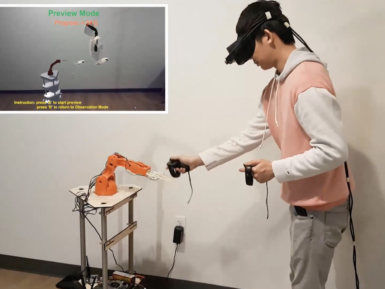
Overview
In many applications, lithium batteries are used as our power solutions.
In this kind of application, the most two important things are the power boost and battery charger. These two points are a prerequisite for the system.
The traditional power boost and battery charge circuit are usually divided into two separate parts, the circuit will be relatively cumbersome to build.
The Monolithic Power Systems (MPS) MP2636 is highly-integrated, flexible switch-mode battery charger with system power path management, designed for single-cell Liion or Li-Polymer batteries used in a wide range of portable applications.
It is really simple to use, once you plug a lipo battery, it will work like a power bank.
When there is an external power supply from VIN, it will charge the battery automatically, and the CHG led will light up; when there is no external power, only battery on battery port, the Boost will be ON.
Tech specs
- Charge mode input voltage (VIN): 4.5-6.0V
- Boost mode output voltage (VOUT): 5V
- Suitable for battery voltage: 4.2V (3.7V lithium battery full of 4.2V)
- Charge mode Maximum charge current: 2.5A
- Boost mode Maximum output current: 2.5A
- Switching frequency: 600KHz
- Charging mode efficiency:> 90%
- Boost mode efficiency:> 90%
- Support battery overcharge protection
- Temperature protection: more than 150 ℃, automatic power failure
Get Inspired

As robotics advance, the future could certainly involve humans and automated elements working together as a team. The question then becomes, how do you design such an interaction? A team of researchers from Purdue University attempt to provide a solution with their GhostAR system. The setup records human movements for playback later in augmented reality, while a robotic partner is programmed to work around a “ghost” avatar. This enables a user to plan out how to collaborate with the robot and work out kinks before actually performing a task. GhostAR's hardware includes an Oculus Rift headset and IR LED tracking, along with actual robots used in development. Simulation hardware consists of a six-axis Tinkerkit Braccio robot, as well as an Arduino-controlled omni-wheel base that can mount either a robot an arm or a camera as needed. More information on the project can be found in the team's research paper. With GhostX, whatever plan a user makes with the ghost form of the robot while wearing an augmented reality head mount is communicated to the real robot through a cloud connection – allowing both the user and robot to know what the other is doing as they perform a task.The system also allows the user plan a task directly in time and space and without any programming knowledge.First, the user acts out the human part of the task to be completed with a robot. The system then captures the human’s behavior and displays it to the user as an avatar ghost, representing the user’s presence in time and space.Using the human ghost as a time-space reference, the user programs the robot via its own ghost to match up with the human’s role. The user and robot then perform the task as their ghosts did.







